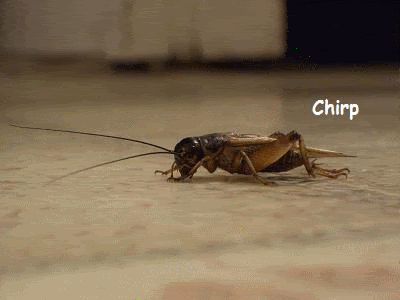The weather was nice today (Sunday 4-22-12); sunny but not too hot, so I spent a couple hours over at my parents’ house today wandering around the yard looking for critters like I used to do when I was kid. Only this time I was armed with a camera instead of a jar or coffee can, intending to capture images rather than bodies. My target was the host of lizards that have taken up residence in my parents’ yard; specifically Western fence lizards (Sceloporus occidentalis).
When I was a kid used to find all sorts of invertebrates, miscellaneous insects (of course), solifugids (“sun” or “wind scorpions”) and one time I even found a tarantula (probably a Aphonopelma; I damn near stepped on it while running through the back yard).
As for vertebrates I often found Slender salamanders (Batrachoseps) and the feisty Southern alligator lizard (Elgaria) but never any fence lizards. To find them I had to hike three quarters of a mile or so to an undeveloped area dominated by a rocky hill (a modest pluton locally known to us a “Lionshead”) where they were fairly abundant amongst boulders of decomposing granite.
This is not the case anymore.
I had noticed on previous visits that the fence lizards were around my parents’ yard but today I realized that the place was absolutely crawling with them. I have no idea what has changed in the environment that has led to an expansion of their range, from the hills and undeveloped areas to the middle of the suburbs, but personally I’m glad of it.
At first they played a little hard to get. It was already afternoon and while it wasn’t really hot it was warm so their metabolizes were no doubt running at nearly at mammalian levels. So they would dash for cover before I got too close.

This little one was hiding behind some old window screens at the back of the garage. It had a larger companion who was missing part of its tail, however I couldn’t get a picture of it. Read on»




